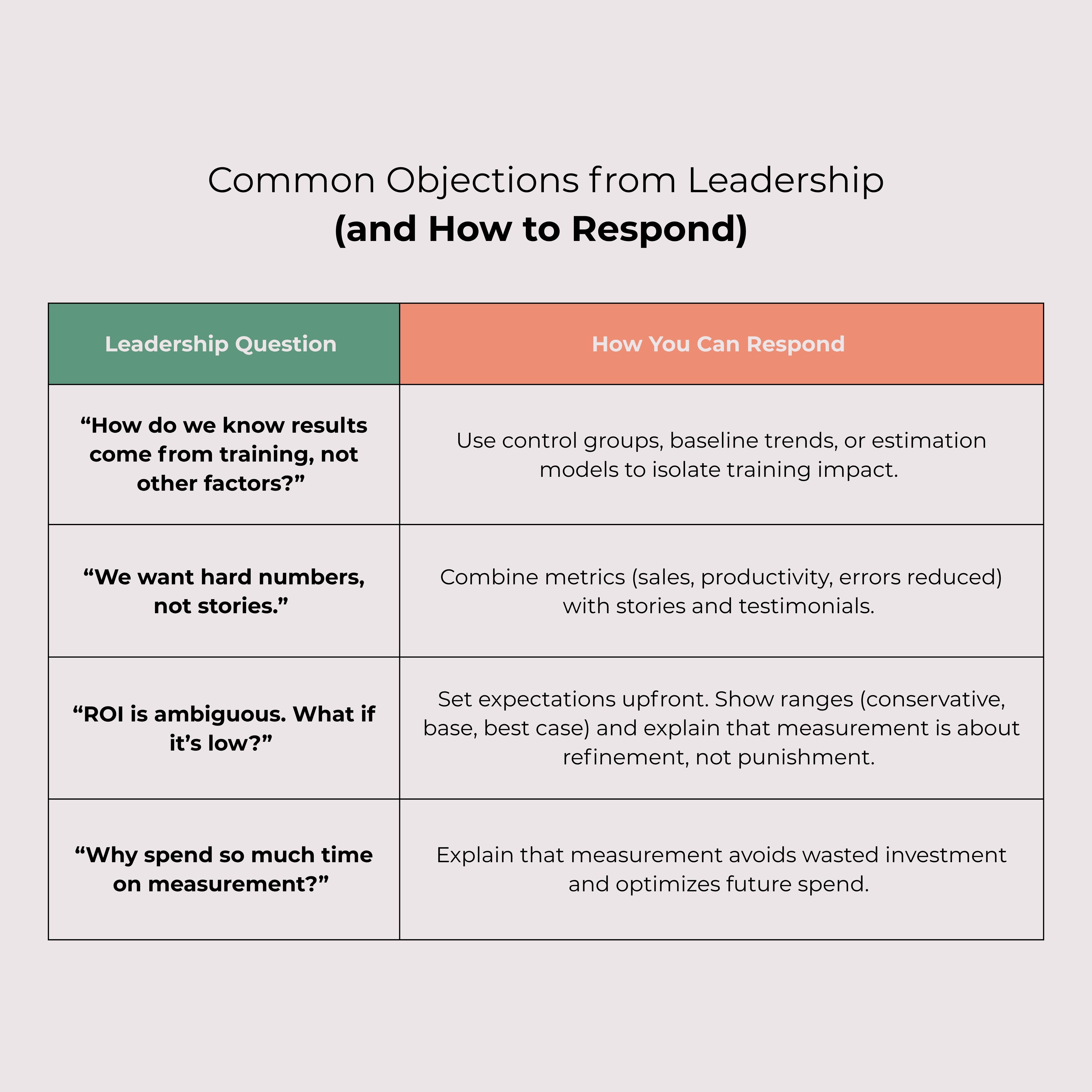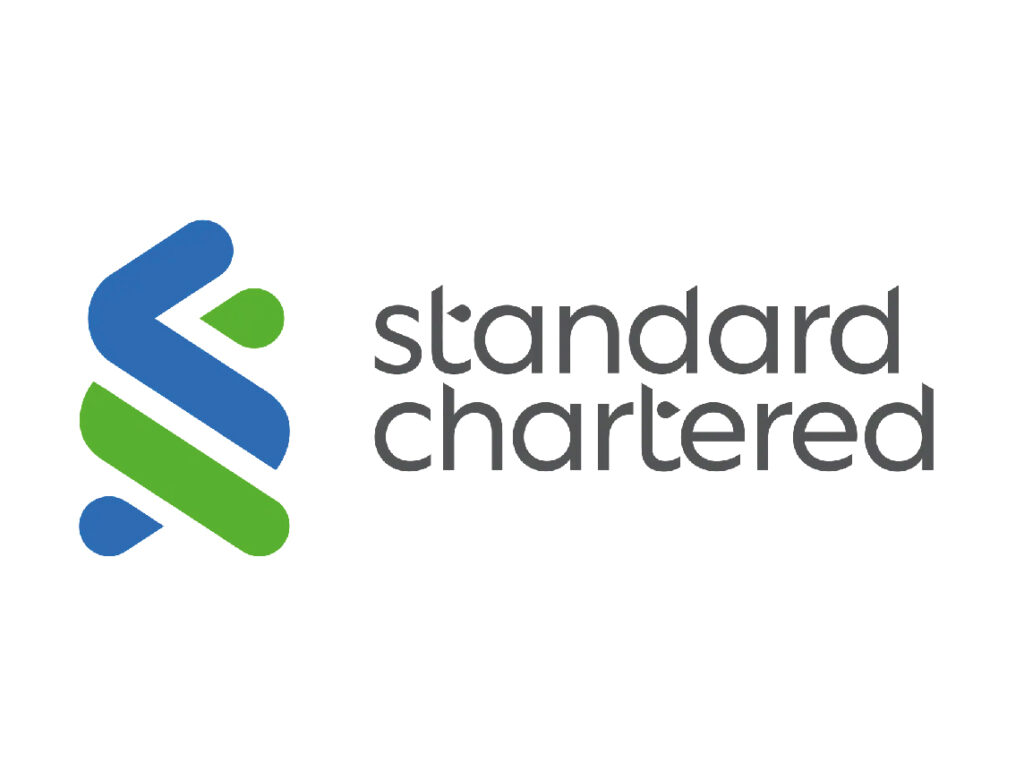How to Measure the ROI of Training:
A Practical Guide for HR and L&D Leaders
By HDS – Human Development Solutions
“How do we know training really works?”
This is the question every HR or L&D leader dreads. Executives demand proof that training budgets translate into measurable business results, and too often, learning leaders struggle to provide clear answers. But the truth is: measuring the ROI of training is possible. With the right data, methods, and expectations, you can shift L&D from being seen as a cost center to a strategic investment. This article explores how to measure ROI, what data you need, how to respond to leadership objections, what data you need, how to respond to leadership objections, and why continuous measurement is the real secret to success.
Why ROI in Training Is a Pain Point
Training is often undervalued because outcomes feel intangible. According to Harvard Business Review, L&D is frequently seen as “expensive, yield difficult-to-track outcomes, and typically generate a poor return on investment (ROI) for the firm” unless carefully designed. Deloitte adds that 95% of L&D leaders struggle to align data with business outcomes — making ROI even harder to prove. Without measurable ROI, training risks being treated as overhead, not as a driver of performance.
Common Objections from Leadership (and How to Respond)

The best defense is preparation: enter the conversation with clear data, methodology, and a balanced narrative.
Embracing Ambiguity: Adjusting Expectations
Unlike financial investments, training outcomes aren’t always crystal clear. Many benefits, such as like collaboration, innovation, or adaptability, are indirect and long-term.
To manage expectations:
- Use multiple levels of outcomes (behavior, business metrics, culture).
- Present results as a range instead of one exact number.
- Combine quantitative ROI with qualitative stories.
This balanced approach is recommended by Harvard Business Review and other research-backed frameworks.
What Data You Need to Measure ROI
A credible ROI calculation requires:
- Cost data (direct costs, participant time, opportunity cost).
- Baseline performance metrics before training (sales, error rates, turnover, engagement).
- Post-training performance metrics after implementation.
- Attribution techniques (control groups, trend projections, manager estimates).
- Monetization of benefits (e.g., fewer errors, time saved, increased sales).
- Defined time horizon (6–12 months is typical for measuring impact).
Methods for Calculating ROI
1. The Basic ROI Formula
![]()
2. Phillips ROI Model
Extends Kirkpatrick’s model with Level 5 ROI:
- Reaction → Learning → Behavior → Results → ROI.
3. Success Case Method
Focuses on identifying “success stories” where training clearly drove performance.
4. Control Group & Trend Projection
Compare trained vs. untrained groups, or forecast performance without training and compare to actual.
Alternatives and Complements to ROI
- Leading indicators: engagement, confidence, behavior change.
- Case studies: combine numbers with human stories.
- Pilot programs: test, refine, and scale.
- External experiential programs: leverage proven simulations or vendor benchmarks.
- Blended learning + coaching: studies show coaching can increase productivity gains from training from 22% to 88%.
Why ROI Must Be Continuous
ROI isn’t a one-off calculation. Business environments evolve, and so should measurement. Continuous ROI tracking:
- Builds leadership trust.
- Ensures ongoing alignment with business goals.
- Allows quick reallocation of budget to what works.
Key Takeaways
- Measuring ROI of training is challenging, but possible.
- Prepare answers to tough leadership questions.
- Accept ambiguity – use ranges, stories, and leading indicators.
- Collect cost, baseline, and post-training data systematically.
- Use proven ROI models (Phillips, control groups, success cases).
- Treat ROI as a continuous practice, not a one-time report.
With the right approach, you’ll show how L&D drives real business impact.
Measuring ROI shouldn’t be the end of the story. Training is not a one-time event, it’s part of a continuous journey of development. The real return comes when learning is sustained, reinforced, and applied over time — turning skills into habits and habits into measurable business results.
If you want to move beyond “tick-the-box” training and build a culture where learning truly sticks, you don’t have to do it alone. At HDS, we help organizations design experiential learning journeys tailored to their objectives, ensuring that teams not only learn, but apply, grow, and thrive in the long run.
LATEST ARTICLES & CASE STUDIES

Standard Chartered

HSBC

